
Here we have taken on the tough task of selecting 20 of Africa’s best and most beautiful cities and towns. Some are notable for their historic architecture, others for their scenic setting, and others still for their contemporary urban life. A few offer all three. But in all cases, these cities are indisputably worth a visit.
1. Cape Town, South Africa
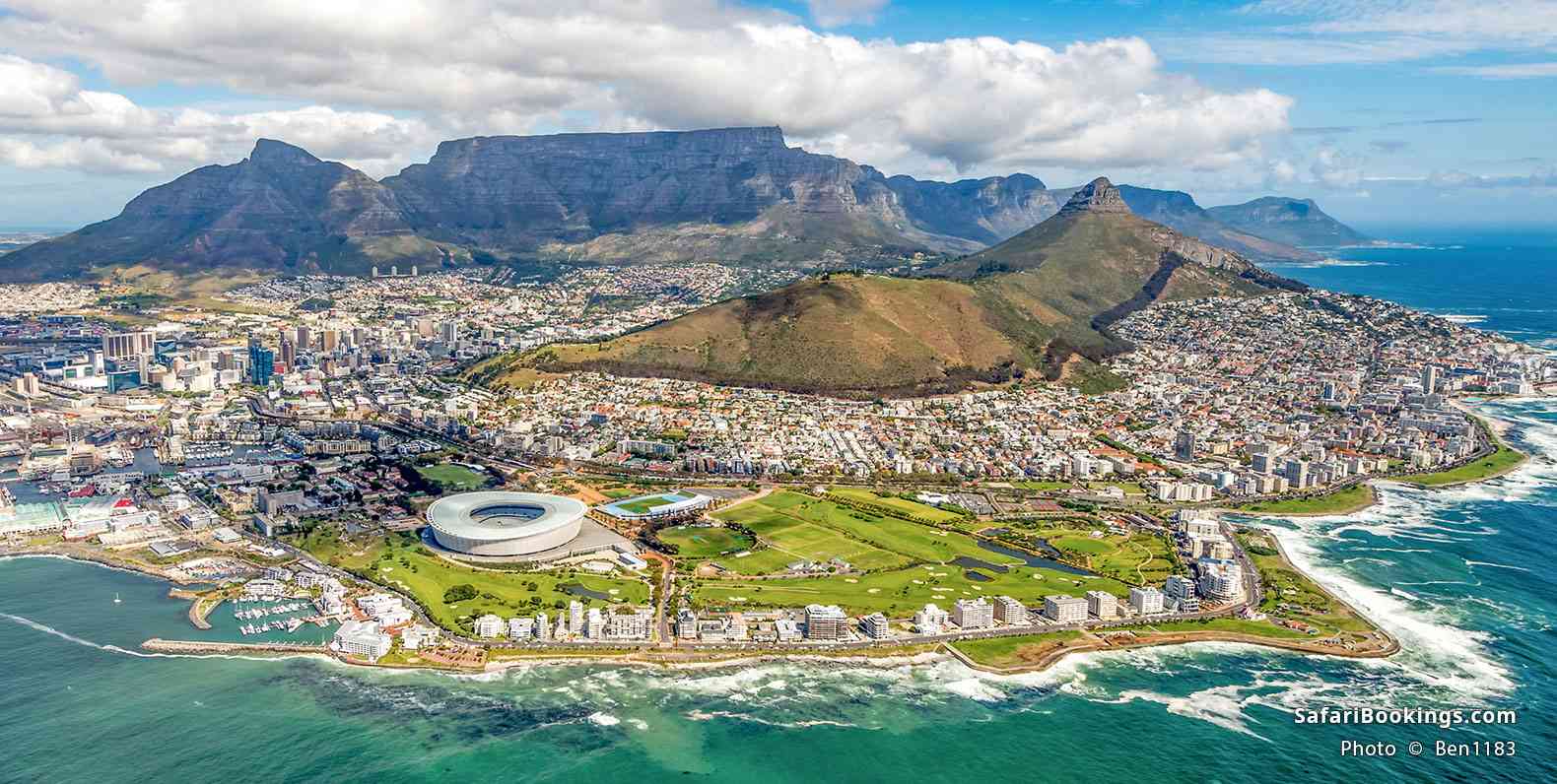 Cape Town and Table Mountain
Cape Town and Table Mountain
Nestled between Table Mountain and the sparkling Atlantic waters of Table Bay, Cape Town is widely regarded to be the most beautiful city in Africa, if not anywhere in the world. Its scenic location aside, it also hosts a superb selection of historical landmarks and museums reflecting its status as the oldest city in South Africa, having been founded in 1652. Party-goers will appreciate Cape Town’s lively nightlife, foodies will love the seafood and wine, while Table Mountain and the spectacular Cape Peninsula beckon for outdoors enthusiasts.
2. Zanzibar Stone Town, Tanzania
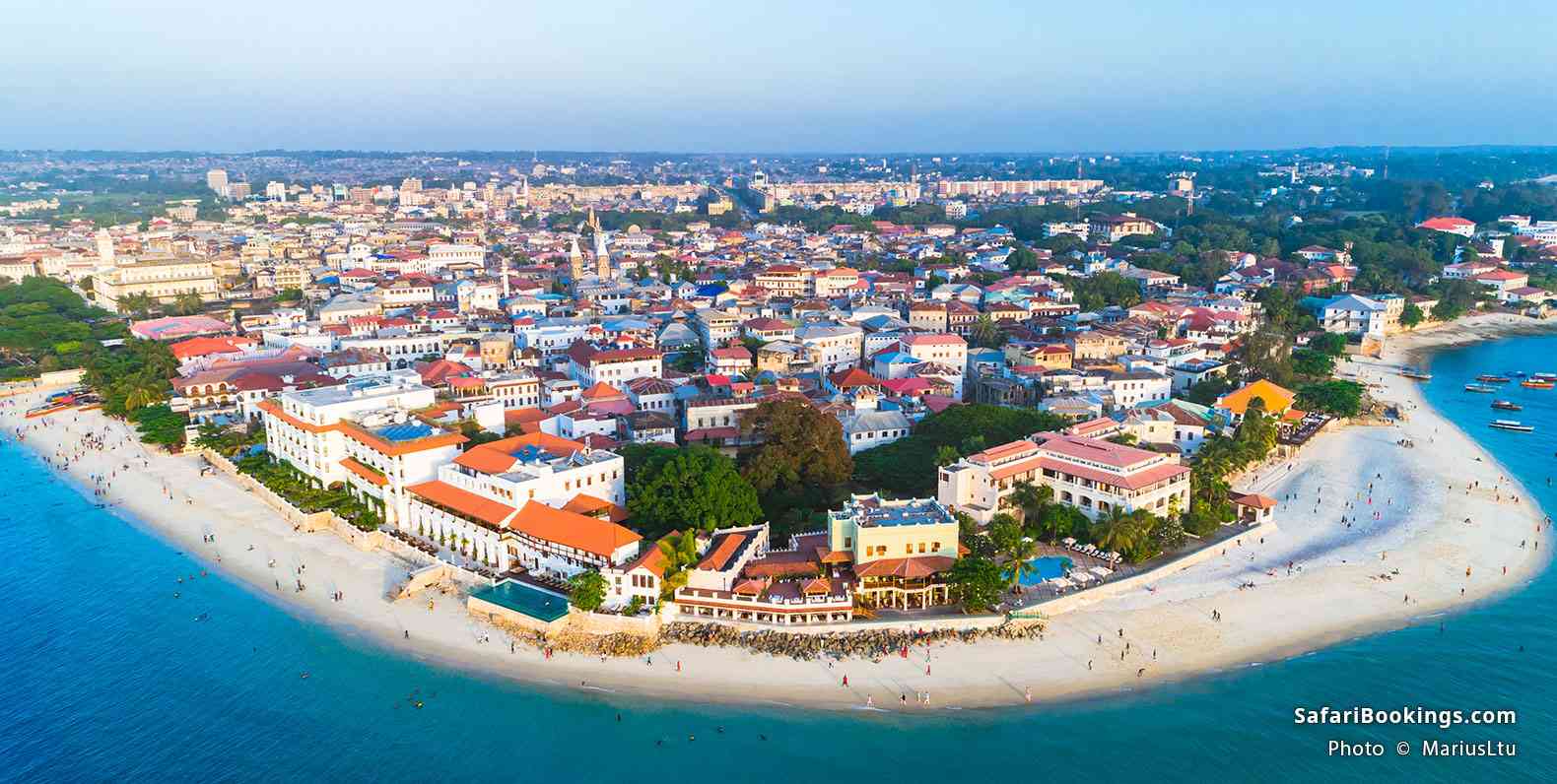 Aerial view of Stone Town
Aerial view of Stone Town
Stone Town is the heart and soul of the legendary ‘Spice Island’ of Zanzibar, which lies just offshore from mainland Tanzania. This historical old quarter is an enclave of narrow alleys and 19th-century buildings set within the modern sprawl of Zanzibar City. It’s a great place to experience urban Swahili culture, to shop for ecofriendly products made in Zanzibar, and to enjoy sundowners and a cosmopolitan cuisine on the atmospheric Indian Ocean waterfront.
3. Cairo, Egypt
 Mosque-Madrasa of Sultan Hasan in Cairo
Mosque-Madrasa of Sultan Hasan in Cairo
If chaotic traffic, endlessly blaring horns and people everywhere are measures of what makes a city great, the Egyptian capital has few peers anywhere in Africa. Despite the busyness, however, Cairo is also an endlessly exciting city, whether you meander through the old Coptic quarter, enjoy Mediterranean cuisine on the banks of the Nile, marvel at the contents of the Egyptian Museum, or goggle at the immense sphinx and pyramids of Giza.
4. Addis Ababa, Ethiopia
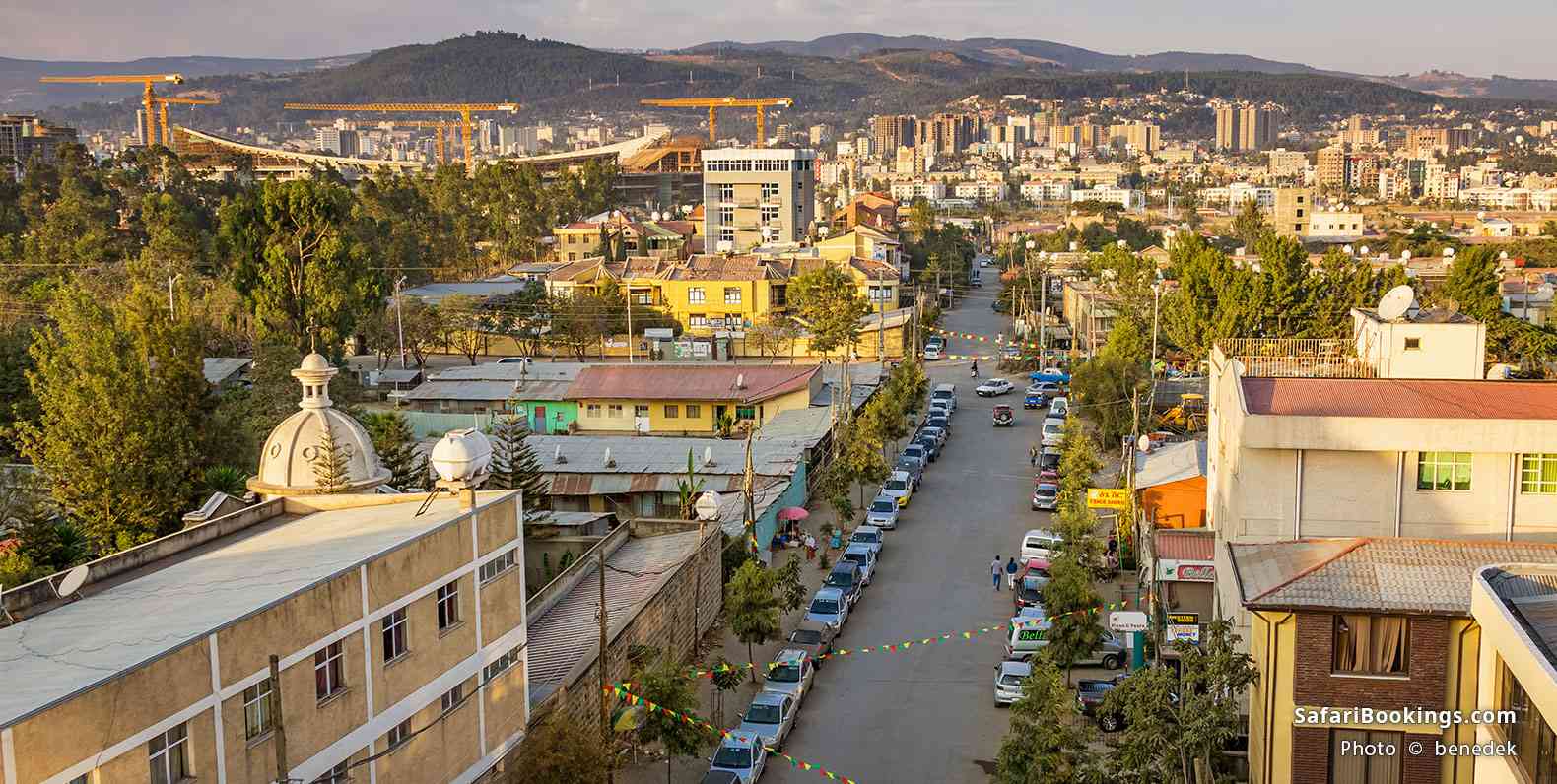 Residential district in Addis Ababa
Residential district in Addis Ababa
Despite being relatively modern by Ethiopian standards, the mountain-ringed capital Addis Ababa (founded in the 1880s by Emperor Menelik II) provides a vibrant introduction to Africa’s most singular country. Here you can sample the fiery cuisine and unique musical legacy of Ethiopia, visit elegant churches associated with the iconic Emperor Haile Selassie, and enjoy a taster of the country’s historic scope at the National Museum of Ethiopia.
5. Djenné, Mali
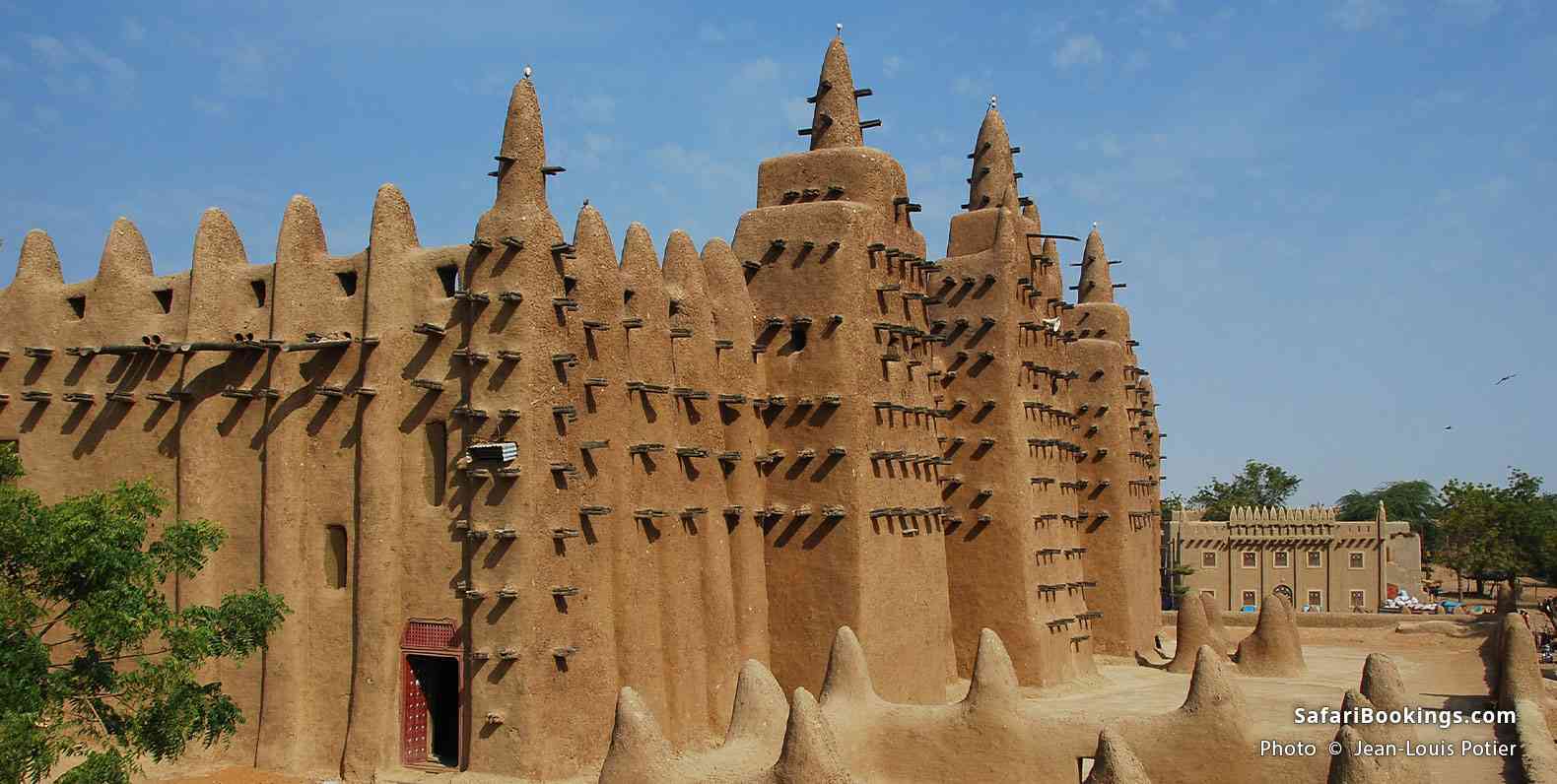 The Great Mosque of Djenné. Source: flickr.com/photos/jeanlouispotier/6041323411
The Great Mosque of Djenné. Source: flickr.com/photos/jeanlouispotier/6041323411
An important trading outpost since the 15th century, Africa’s most architecturally cohesive town stands on a seasonal island in the Bani River, which forms part of the Niger River Delta. Djenné today remains a rich repository of Sahelian mud-and-stick architecture, a style epitomized by the Great Mosque of Djenné, which is the world’s largest and arguably most beautiful adobe building.
6. Maputo, Mozambique
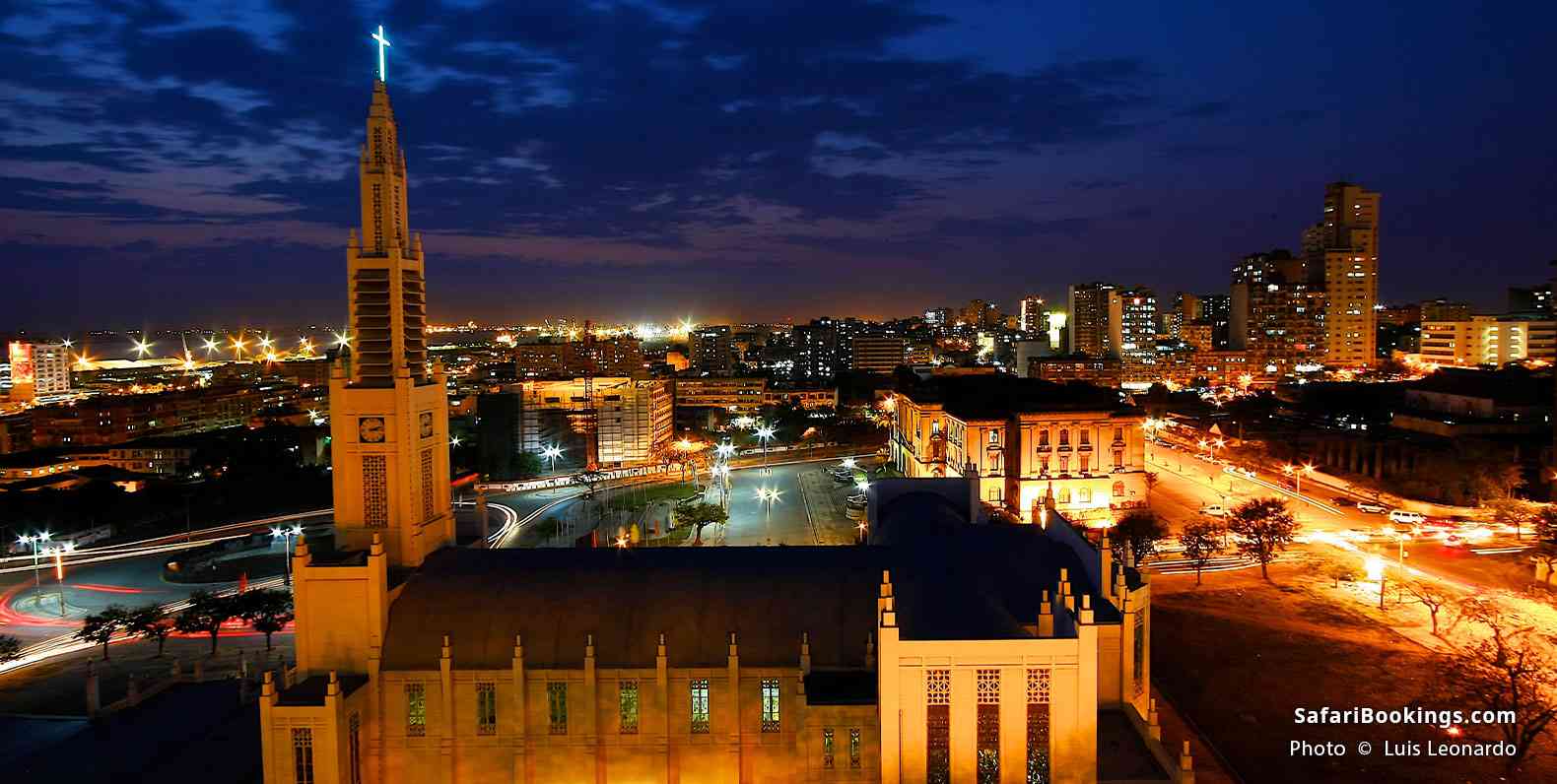 Maputo skyline at night
Maputo skyline at night
Originally called Lourenço Marques, Maputo became capital of Mozambique in 1898. Since then it has developed into one of southern Africa’s most characterful and lively cities. Downtown Maputo is great fun, thanks to its distinct Afro-Mediterranean vibe, eclectic mix of outmoded architectural styles, and wealth of lovely markets. This port city is also known for its spicy Portuguese-influenced cuisine, attractive beaches and inclusive nightlife.
7. Nairobi, Kenya
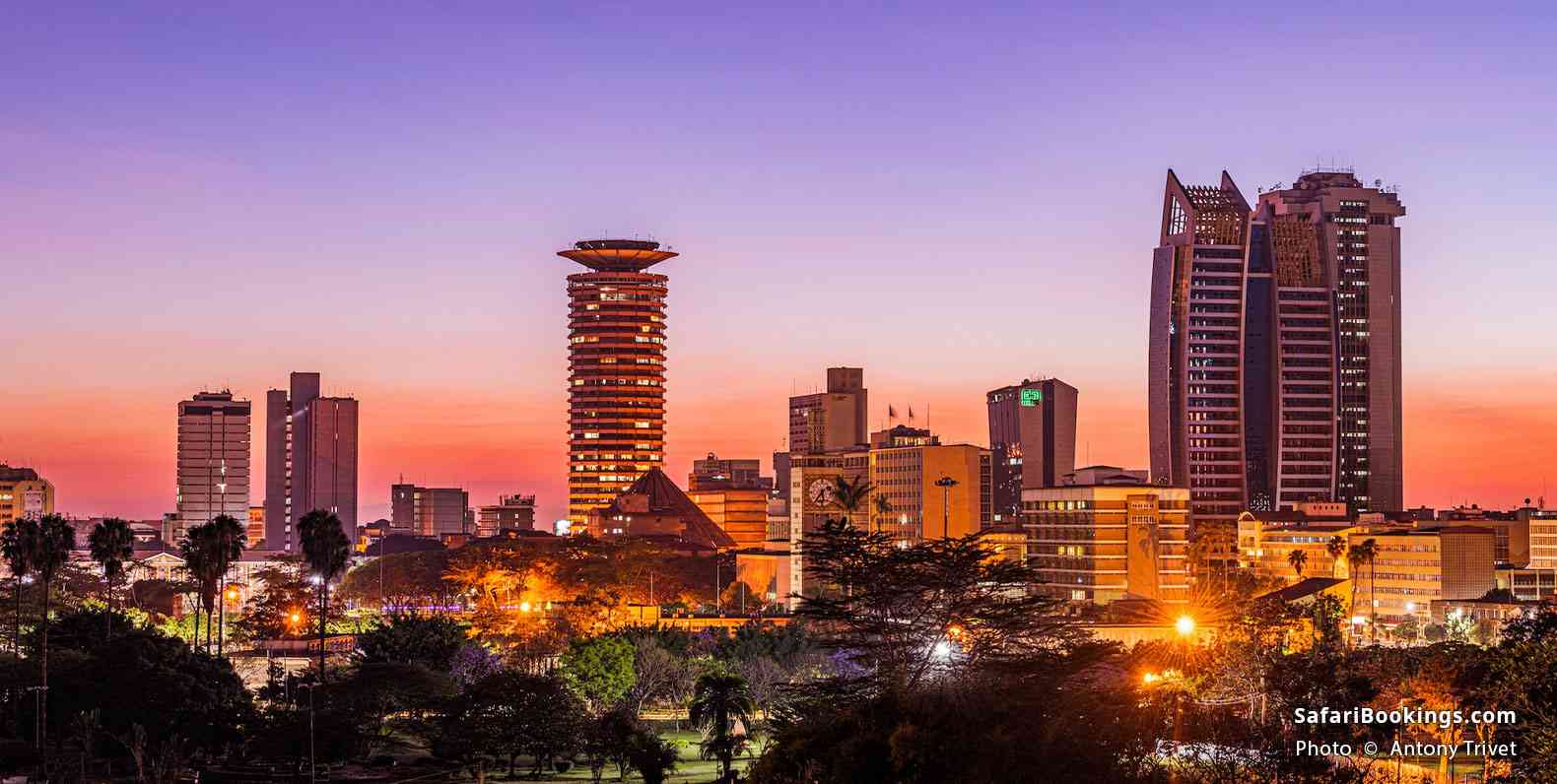 Nairobi skyline at sunset
Nairobi skyline at sunset
There are more beautiful cities in Africa than Nairobi, but few beat the high-altitude capital of Kenya when it comes to modern amenities, accessible nightlife and domestic and international transport connections. The bordering Nairobi National Park is also one of the few places in the world where you can see free-ranging wildlife, including lions, giraffes and rhinos, below the shimmering skyscrapers of a tropical CBD.
8. Essaouira, Morocco
 Port city of Essaouira
Port city of Essaouira
This sparkling gem on Morocco’s Atlantic coast is one of the most beautiful cities in Africa. It combines a stunning resort beach with a fascinating old medina, the latter hemmed in by the imposing cliff-top ramparts and fortifications of the 18th-century Skala de la Kasbah.
9. Johannesburg, South Africa
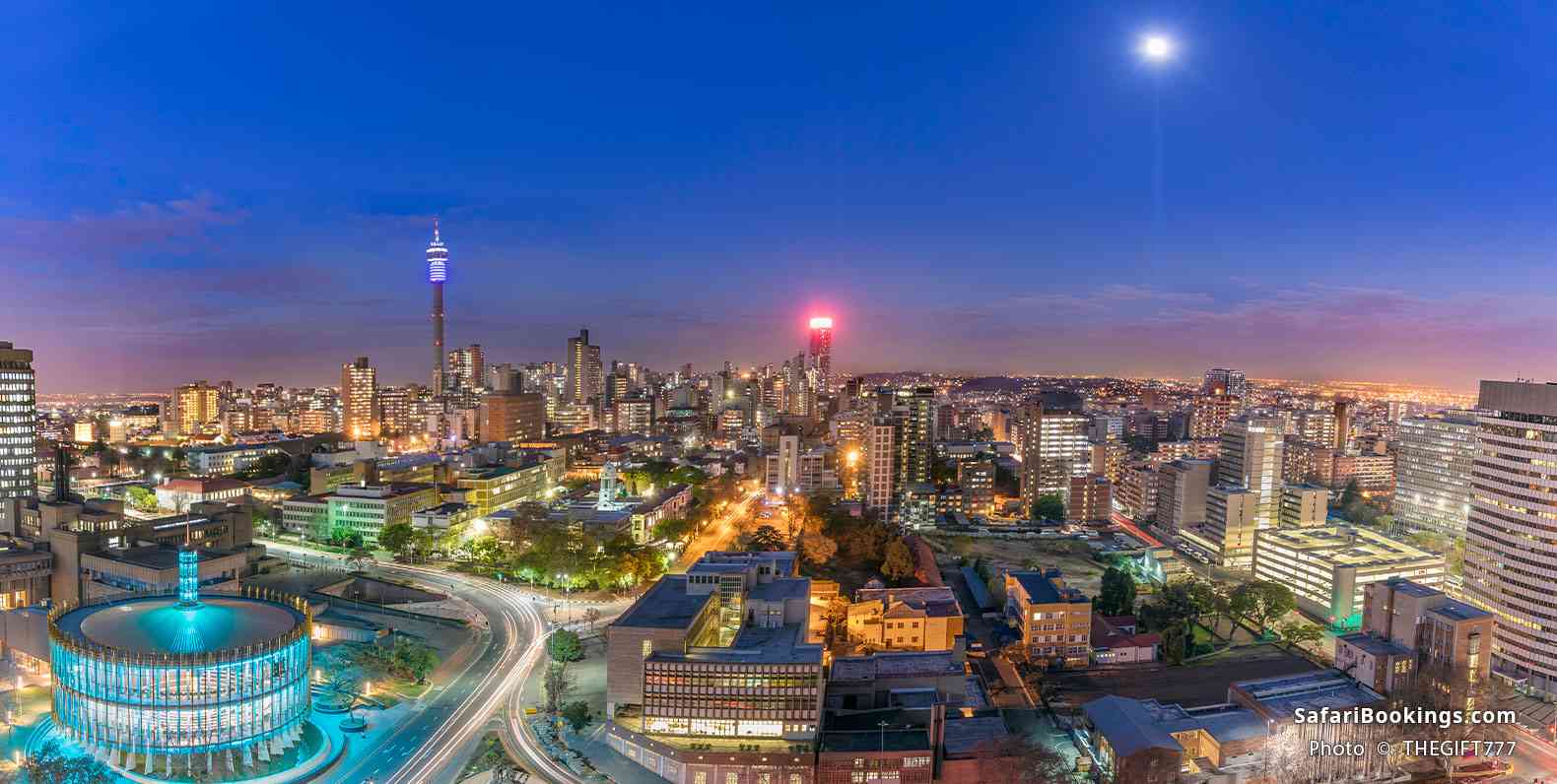 Johannesburg skyline
Johannesburg skyline
Like its East African counterpart Nairobi, Johannesburg wouldn’t win any beauty competitions, but it does stand out as a regional economic and transport hub of singular importance. It also boasts one of Africa’s best arts and dining scenes, some superb museums and shopping opportunities galore. Ironically this most modern of African cities stands alongside the Cradle of Humankind, a Unesco World Heritage Site that hosts the world’s wealthiest repository of hominid fossils, dating back 3.3 million years.
10. Axum, Ethiopia
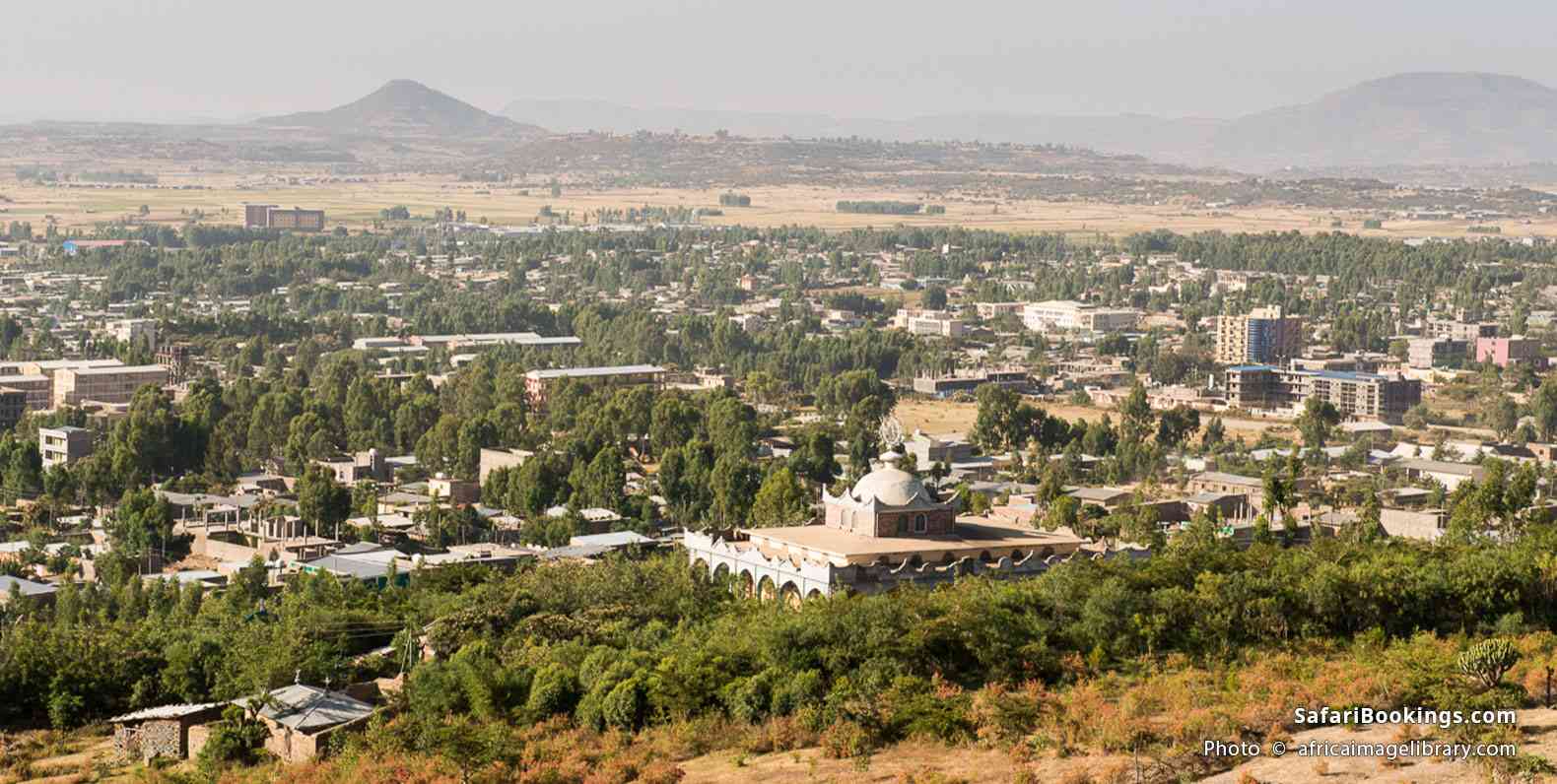 View over Axum
View over Axum
Axum is the oldest continuously occupied city in sub-Saharan Africa. Former capital of the Axumite Empire, it dates back to the time of the Queen of Sheba and once controlled a trade route that extended from the Sudanese Nile across the Red Sea to Yemen. Today, Axum is littered with ruined palaces, towering stelae and other relics from these glory days. The central Maryam Tsion Church, established in the 4th century, is the birthplace of Ethiopian Christianity.
11. Marrakech, Morocco
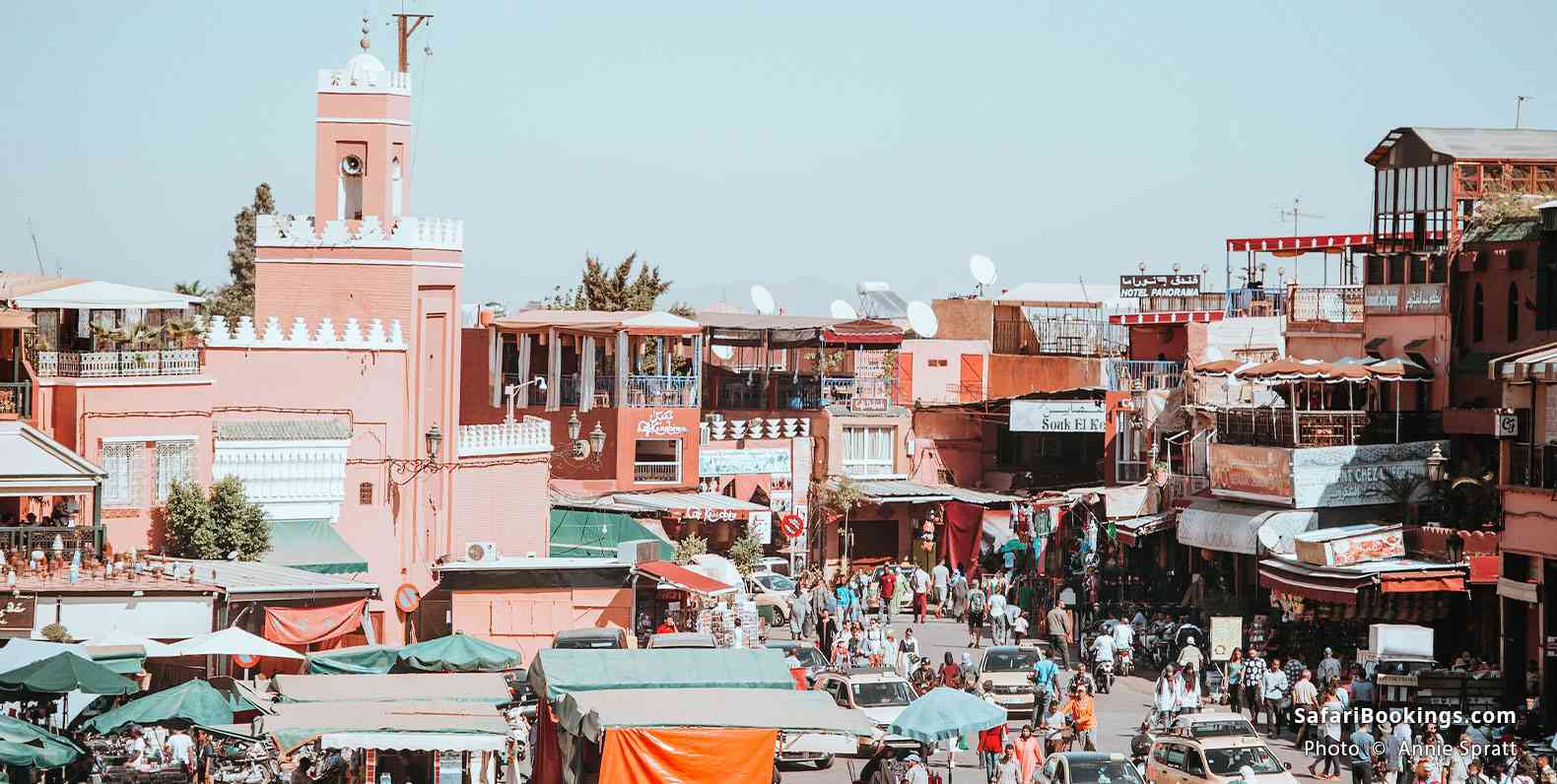 The souks of Marrakech
The souks of Marrakech
One of Africa’s best and most popular cities, Marrakech is known as the Red City after the color of the ancient walls that enclose its medina. Architectural highlights include the 13th-century Kutubiyya Mosque and Sidi Bel Abbes Mausoleum, but the city is also renowned for its souks (markets), hammam spas and Moroccan cuisine. For something different, try a day trip to a nearby Berber village such as Tanaghmeilt or Tamatert.
12. Saint-Louis, Senegal
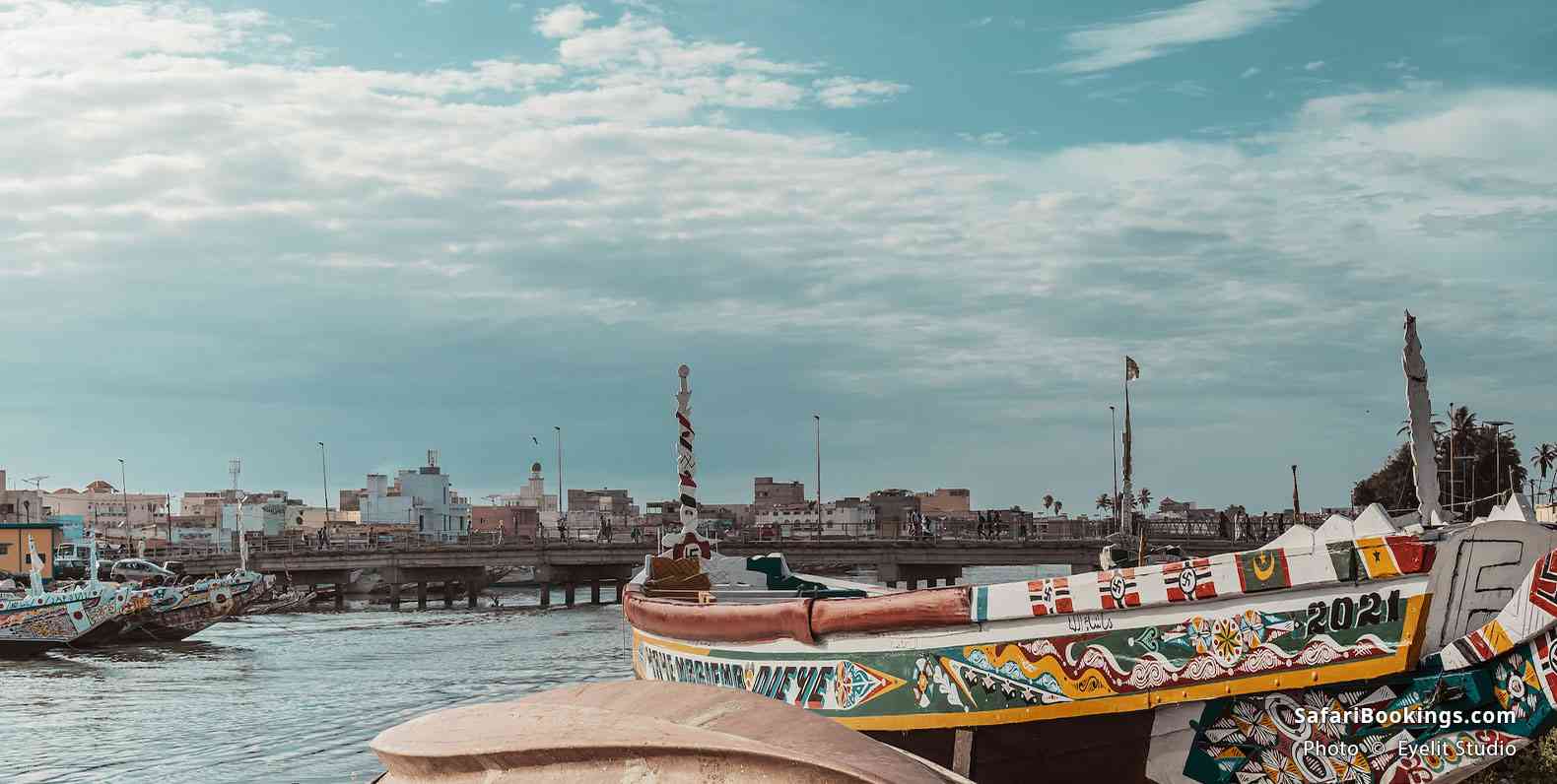 The city-island of Saint-Louis
The city-island of Saint-Louis
The oldest French settlement in West Africa, island-bound Saint-Louis was founded near the Senegal River mouth in 1659. It served as the capital prior to being usurped by Dakar in 1902. Saint-Louis’ pastel-shaded colonial and Creole architecture exudes character, while the buzzing contemporary nightlife peaks with the popular Saint-Louis Jazz Festival, which attracts artists and music-lovers from all over the world.
13. Lamu, Kenya
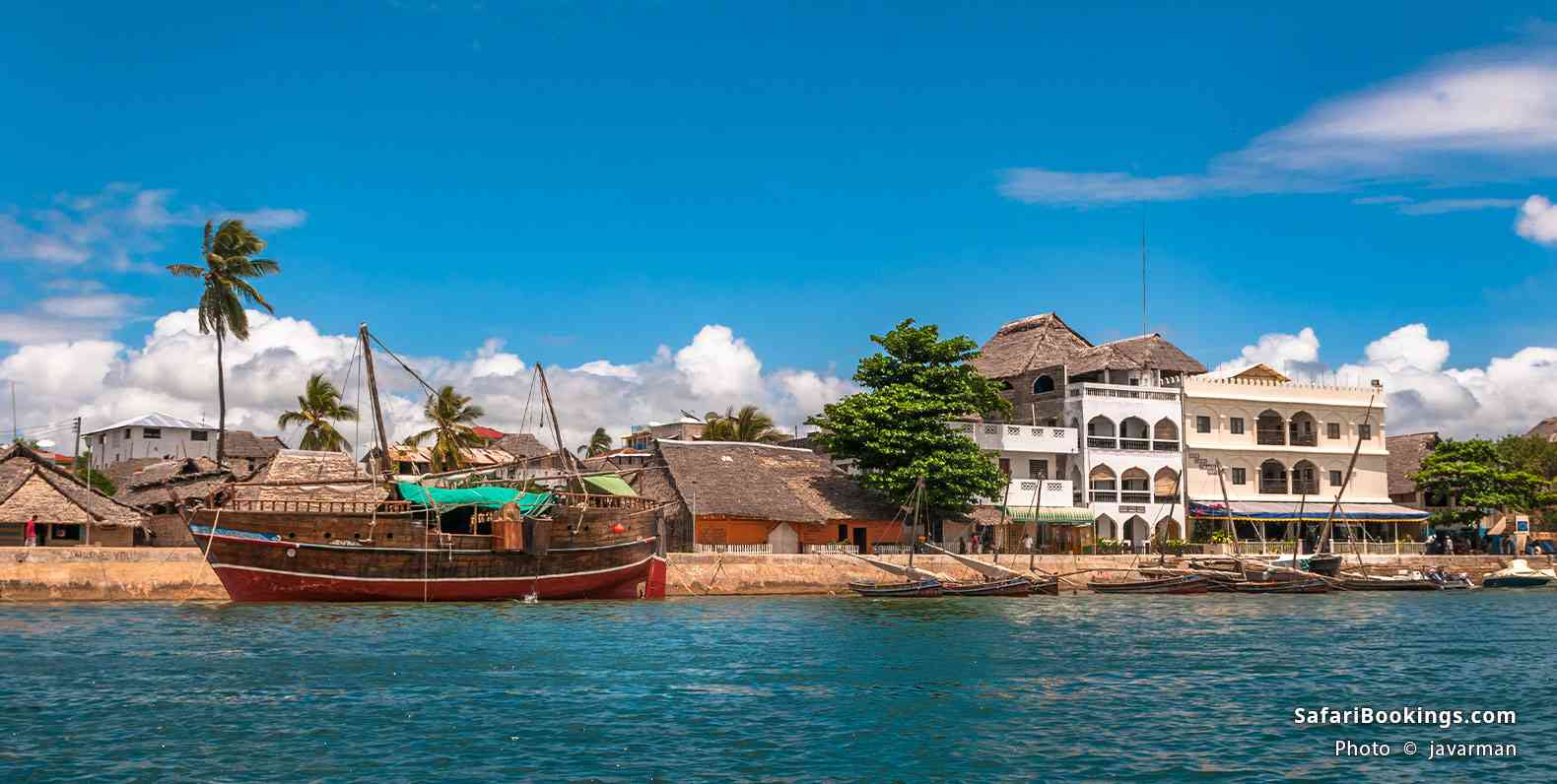 Lamu Town waterfront
Lamu Town waterfront
Set on an Indian Ocean island offshore of Kenya, Lamu could simplistically be described as a more laid-back and low-key northern counterpart to Zanzibar’s Stone Town. Architecturally, however, the old town feels far older and more traditional than Zanzibar, since the whitewashed houses that line its cobbled alleys are built in a Swahili style that dates back to medieval times. Lamu is a great place to chill, and it offers access to several good beaches and snorkeling reefs.
14. Kigali, Rwanda
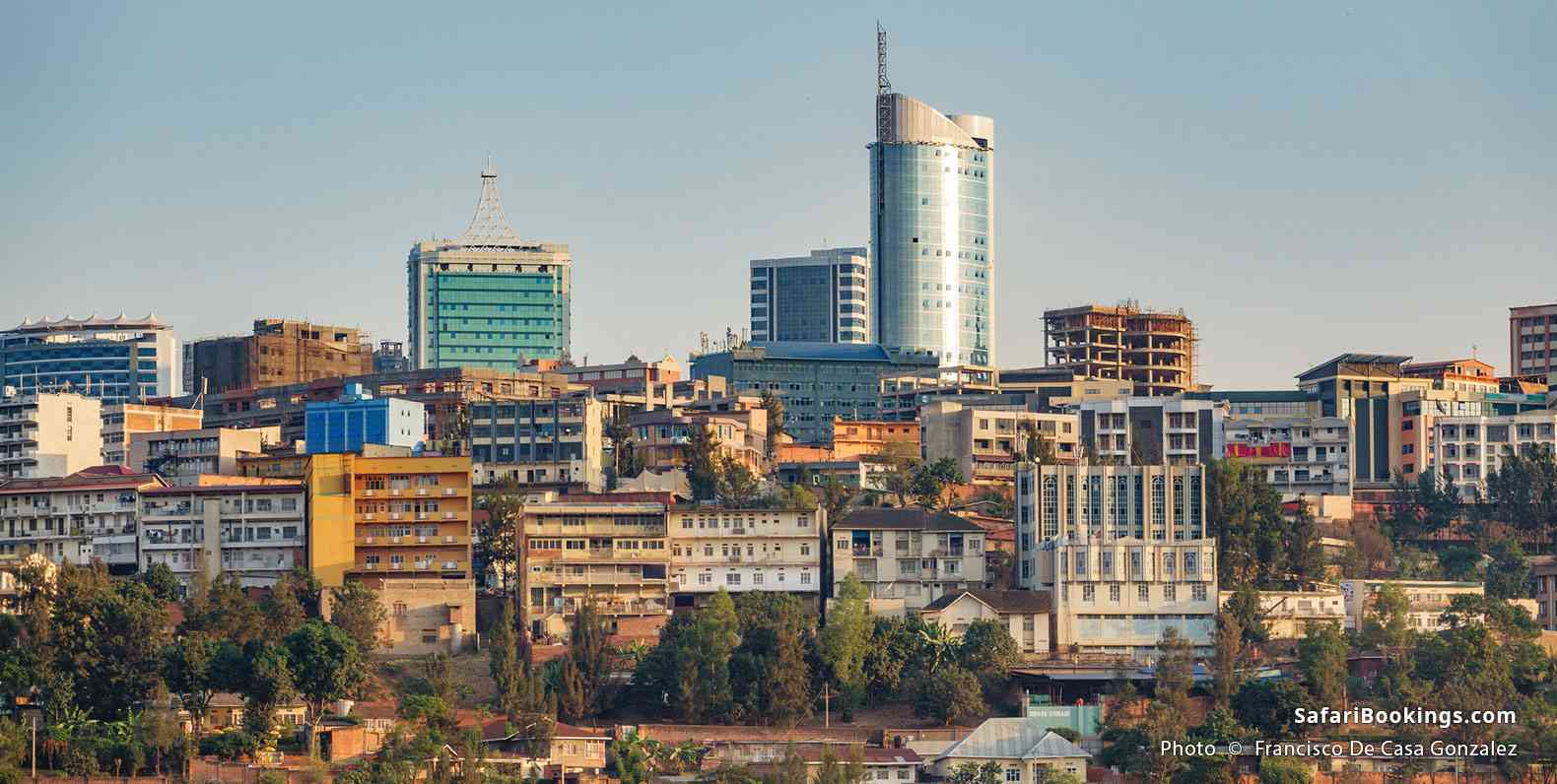 Downtown Kigali
Downtown Kigali
If you’re a fan of orderly cities, don’t miss the Rwandan capital Kigali, which was cited as a model of modern urban conservation when it was awarded the UN-Habitat Scroll of Honour in 2008. Known for its attractive hilly layout and low tolerance for litterbugs, Kigali is home to several interesting museums and memorials. It’s also the best air gateway for gorilla trekking safaris in Volcanoes National Park.
15. Swakopmund, Namibia
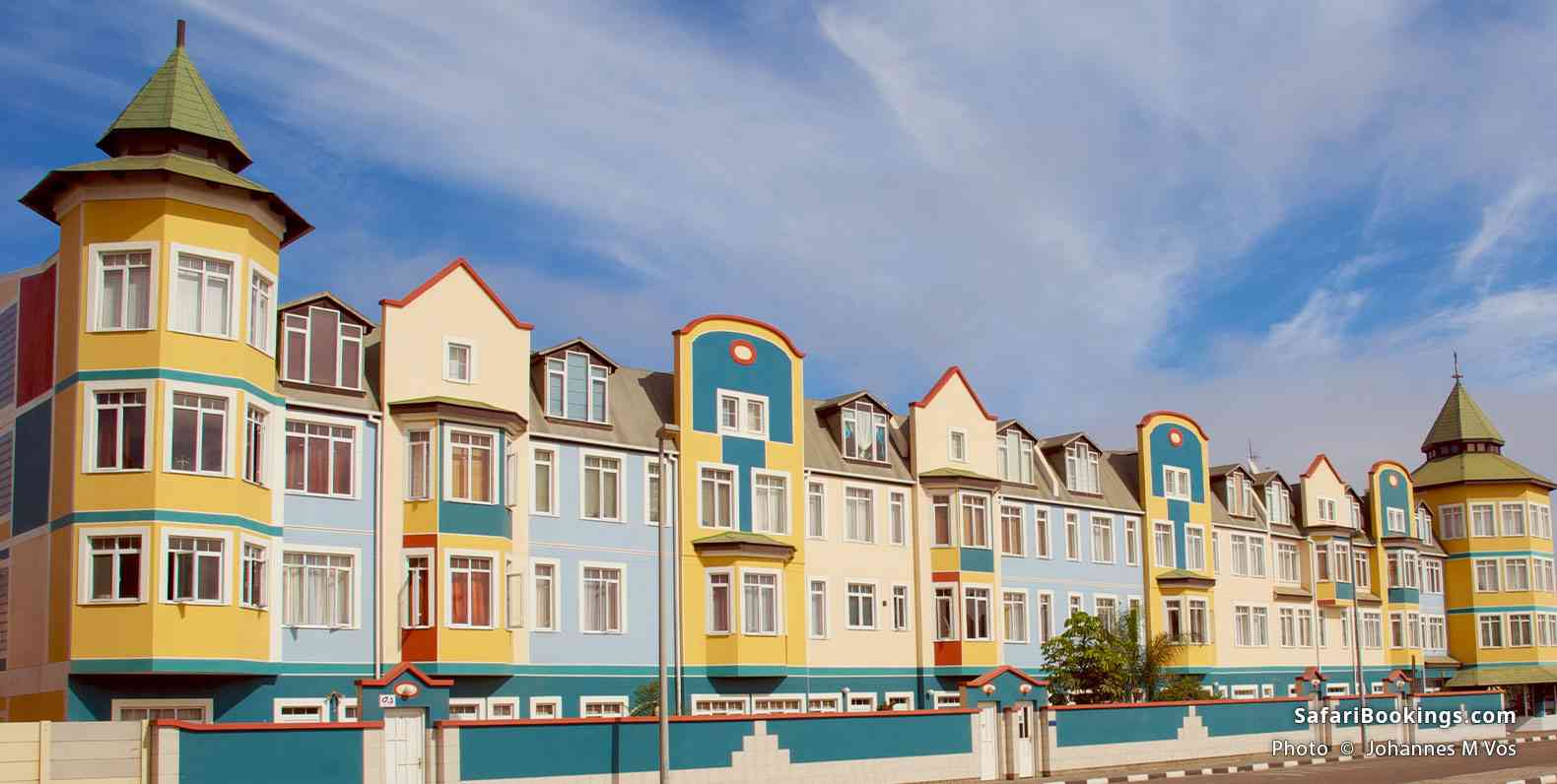 Colonial-era houses in Swakopmund
Colonial-era houses in Swakopmund
The Namibian capital Windhoek boasts some fine German colonial-era buildings. But it is outranked in this respect by the time-warped Bavarian-style seaport of Swakopmund, some 360km/224mi to the west. Once you’ve soaked up Swakopmund’s architectural highlights, the town is a popular base for adventure activities such as quad biking, sandboarding and sea kayaking. Farther afield, Cape Cross supports the world’s largest Cape fur seal colony, comprising up to 200,000 individuals.
16. Luxor, Egypt
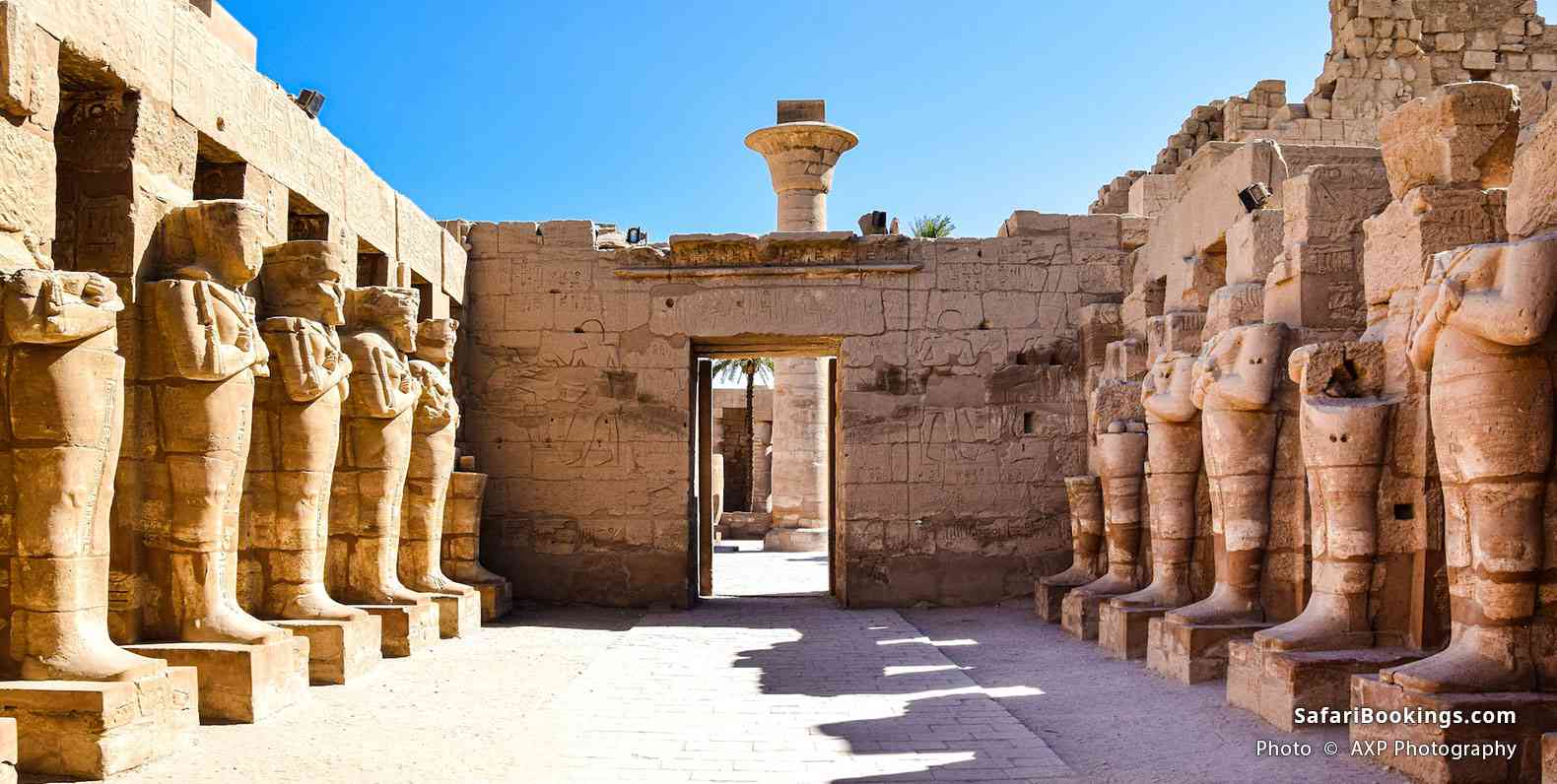 Luxor and the ancient city of Thebes
Luxor and the ancient city of Thebes
Situated on the Nile more than 600km/370mi downriver of Cairo, Luxor is the site of ancient Thebes, described by the historian Ian Portman as ‘the greatest city the world had ever known’. You could easily spend a week exploring the riverfront temples, palaces, tombs and other imposing Theban relics dotted in and around Luxor. Especially as the modern city is also very enjoyable, with its busy markets and agreeable riverside location.
17. Island of Mozambique, Mozambique
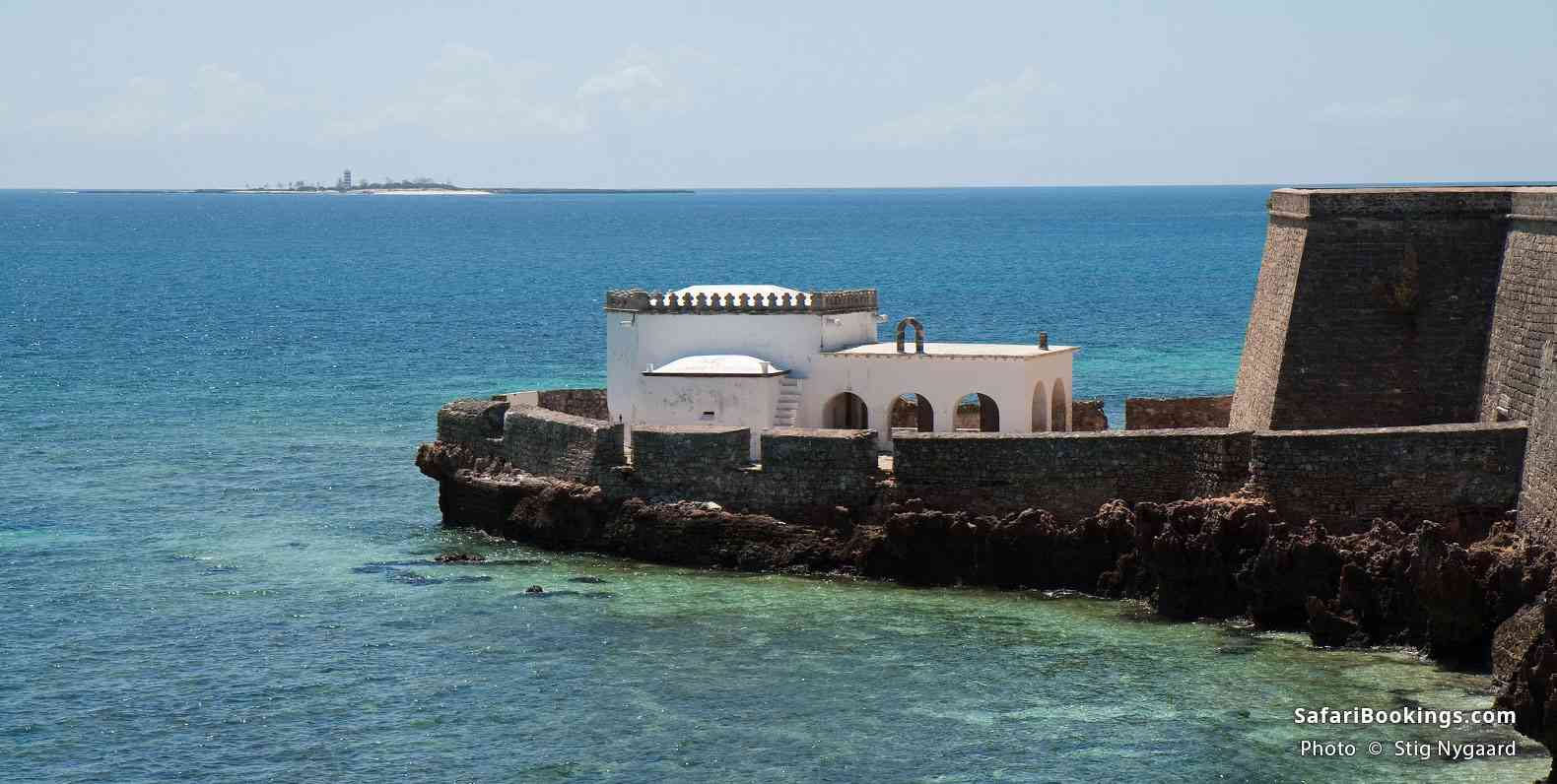 Chapel of Nossa Senhora de Baluarte, Island of Mozambique. Source: flickr.com/photos/stignygaard/2735315217
Chapel of Nossa Senhora de Baluarte, Island of Mozambique. Source: flickr.com/photos/stignygaard/2735315217
This crescent-shaped island off the north coast of Mozambique served as the capital of Portuguese East Africa for four centuries prior to the emergence of Maputo. Often referred to by its Portuguese name Ilha de Moçambique, it houses several of the southern hemisphere’s oldest buildings, most notably the 16th-century Fortaleza de São Sebastião. No less impressive is the architectural cohesion of the old town center, which has changed little in shape since the late 19th century.
18. Harar, Ethiopia
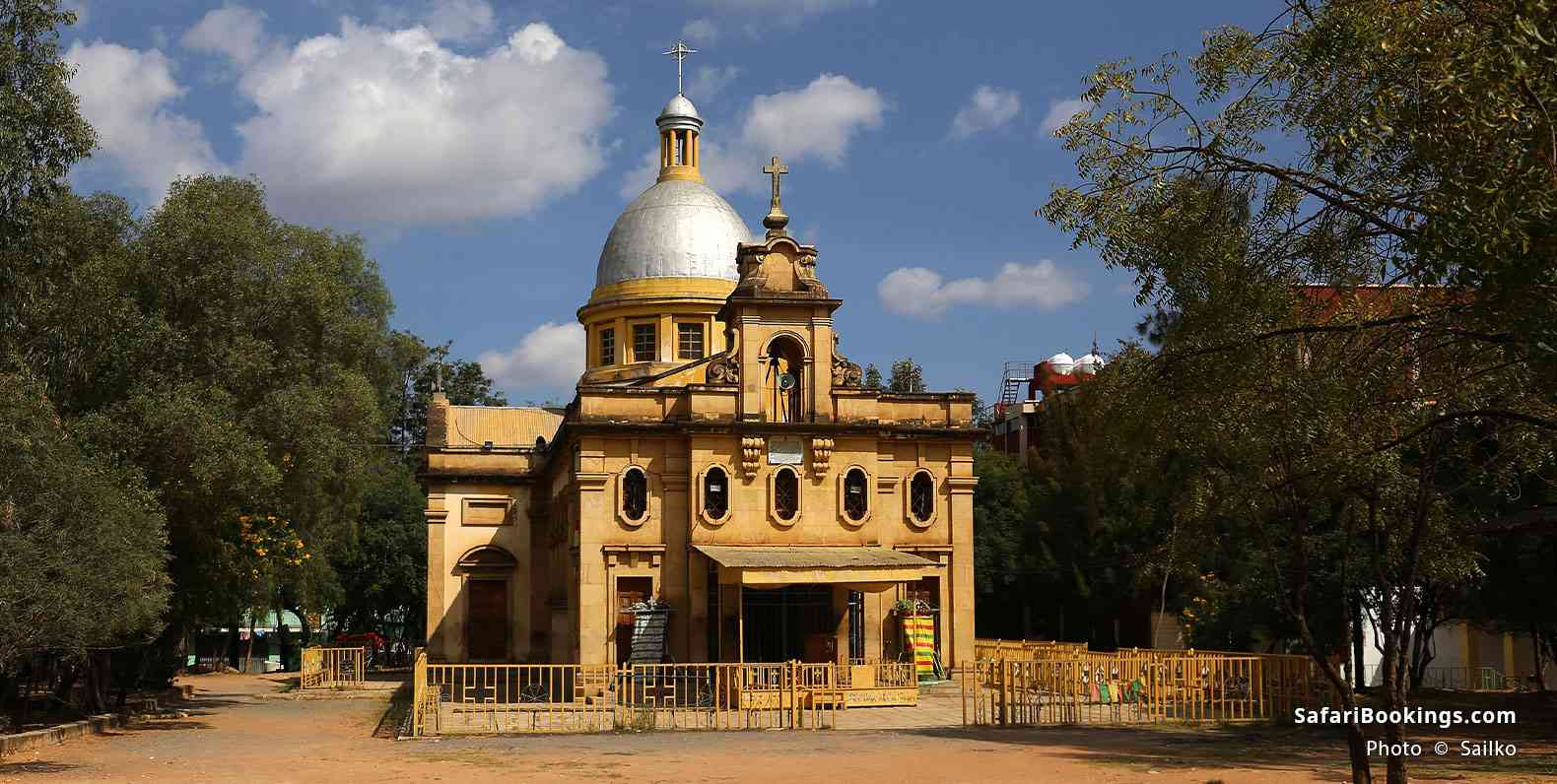 Church in Harar
Church in Harar
Situated along an ancient trade route through Ethiopia’s fertile eastern highlands, Harar is the fourth-holiest city in the Muslim world, after Mecca, Medina and Jerusalem. Harar Jugol, the old walled city, is lined with the world’s densest concentration of mosques and Islamic shrines, but its maze-like alleys also exude a strong and compelling sense of place. A unique feature of this easygoing city is its famous hyena men, who feed the spotted hyenas that roam the surrounding hills every evening just after dusk.
19. Dar es Salaam, Tanzania
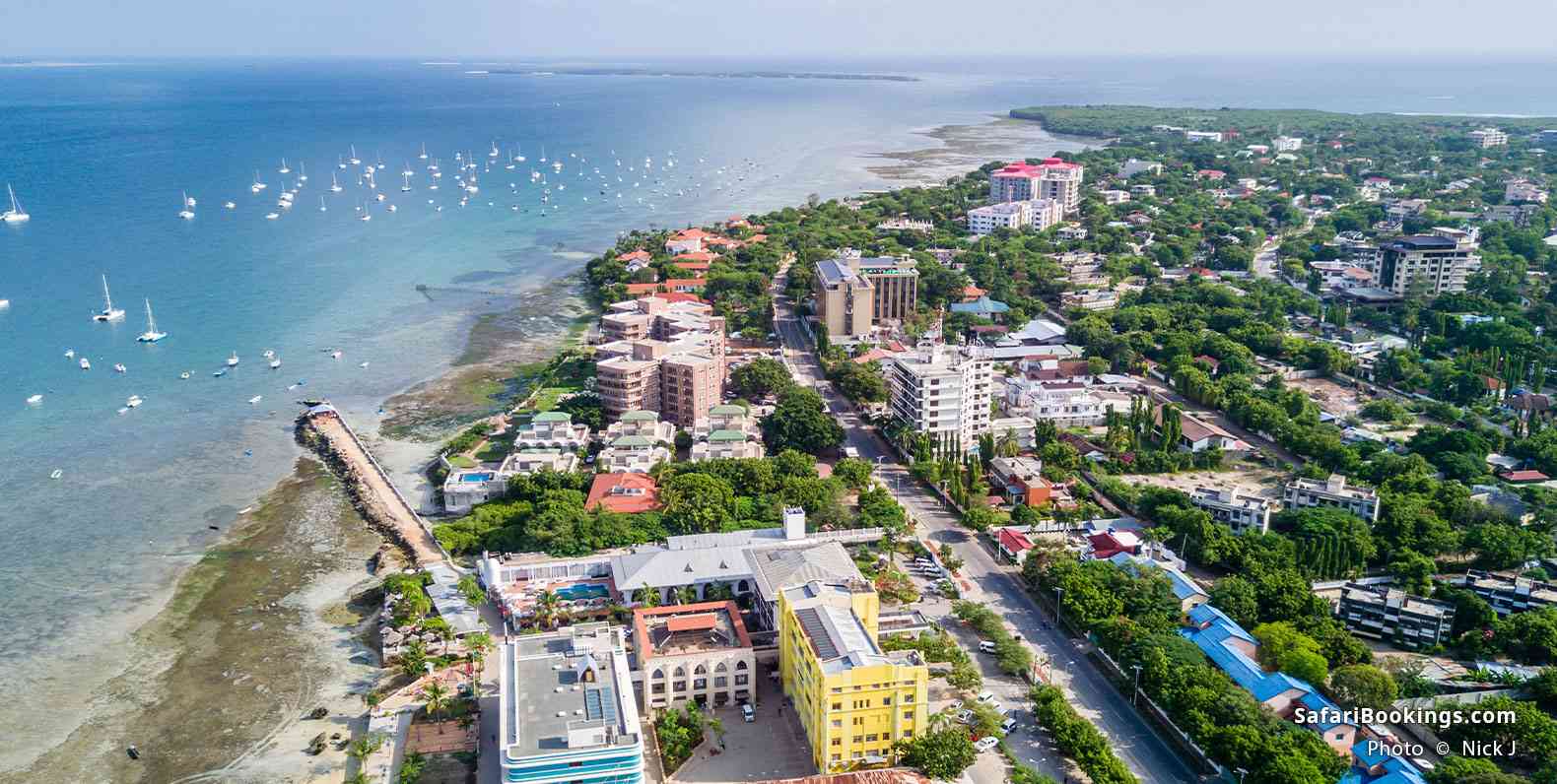 Aerial view of Dar es Salaam
Aerial view of Dar es Salaam
Tanzania’s largest city and former capital is considerably more energetic than its Swahili name (literally ‘Haven of Peace’) might suggest. But the city center, with its wealth of German, Indian and Swahili architectural influences, can be fun to explore, while the outlying Msasani Peninsula is home to a great selection of seafront restaurants. Dar es Salaam lies within easy cruising distance of some fabulous beaches, and it’s a short plane or ferry hop from Zanzibar.
20. Stellenbosch, South Africa
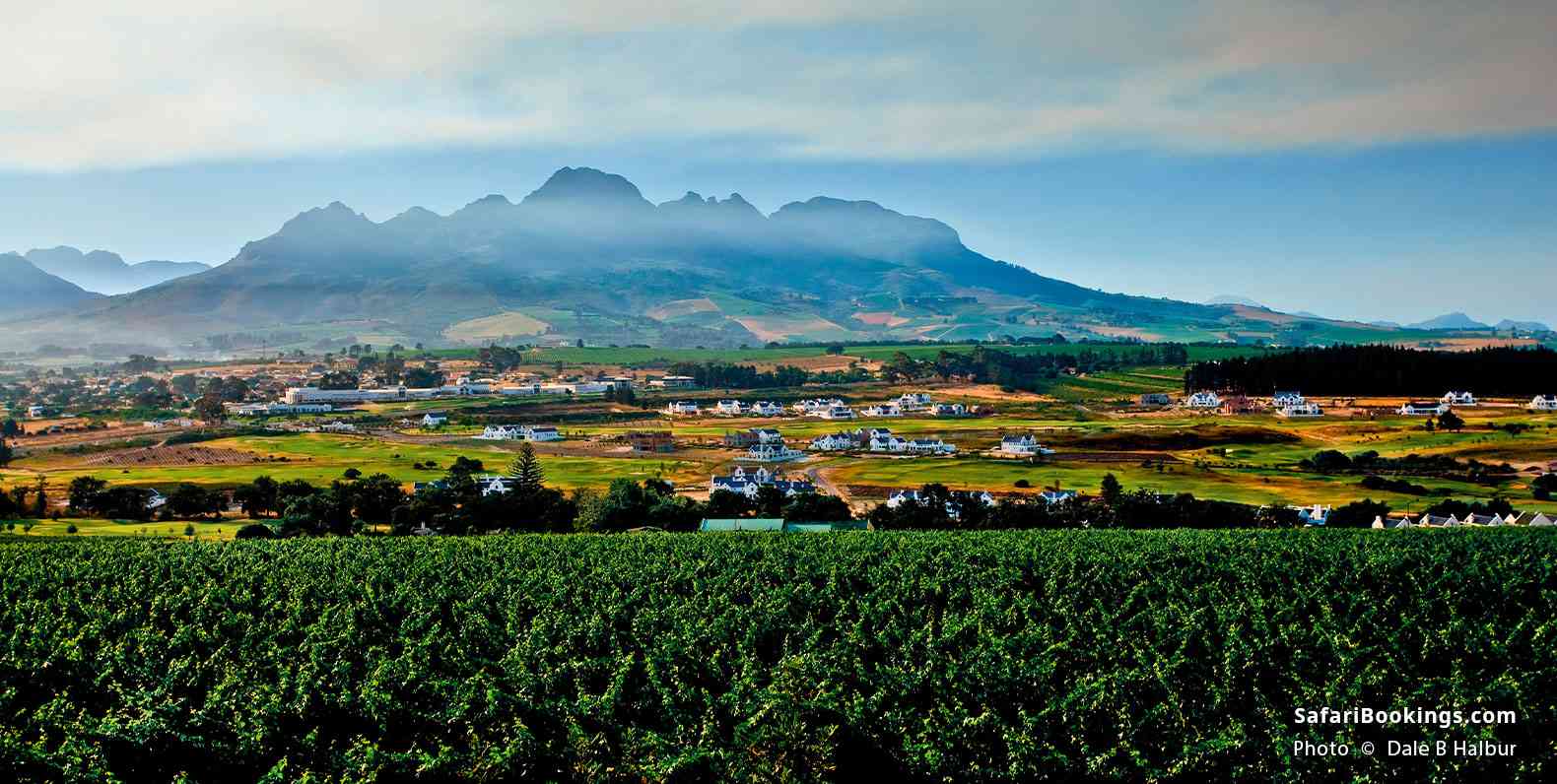 Vineyards around Stellenbosch
Vineyards around Stellenbosch
The second-oldest town in South Africa, Stellenbosch was established inland of Cape Town in 1679, and its central oak-shaded avenues are lined with stately Cape Dutch buildings dating to that era. Despite its old-world architectural ambience, Stellenbosch doubles as a lively university town with a bustling nightlife. It is surrounded by the beautiful valleys and mountains of the popular Cape Winelands.
